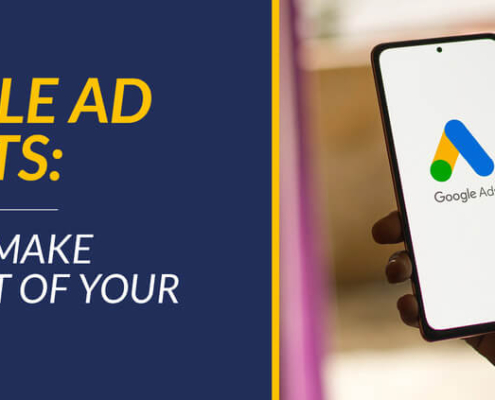
Google Ad Grants: How to Make The Most of Your Free Ads
Imagine having $10,000 each month to get your nonprofit in front…

How To Create A Nonprofit Annual Report + Excellent Examples
A nonprofit annual report isn’t just a collection of financial…

Nonprofit Email Marketing: How to Create Clickable Messages
Email may not be the newest digital marketing tool, but when…

The Smart Nonprofit’s Guide to Volunteer Time Off (VTO)
Let’s say you’re having a hard time recruiting and retaining…

Who Is Your Nonprofit Target Audience? Steps To Find Out
When you post on social media or publish an article on your website,…

10 Employee Engagement Strategies Proven to Boost Morale
Throughout today’s increasingly competitive business landscape,…